The Daluz studio-workshop, of the brothers David and Dasmián Sánchez Prieto, from this city, will share restoration tips without loss of heritage value of the 1928 stained glass window by the Italian Gino Ciolli in Santa Clara, damaged by a tropical storm.
The stained glass windows of the Capitol, the Palace of the General Captains, the Servando Museum, the Palace of Justice in Santa Clara and the decoration of Havana mansions are also attributed to this artist based in Cuba.
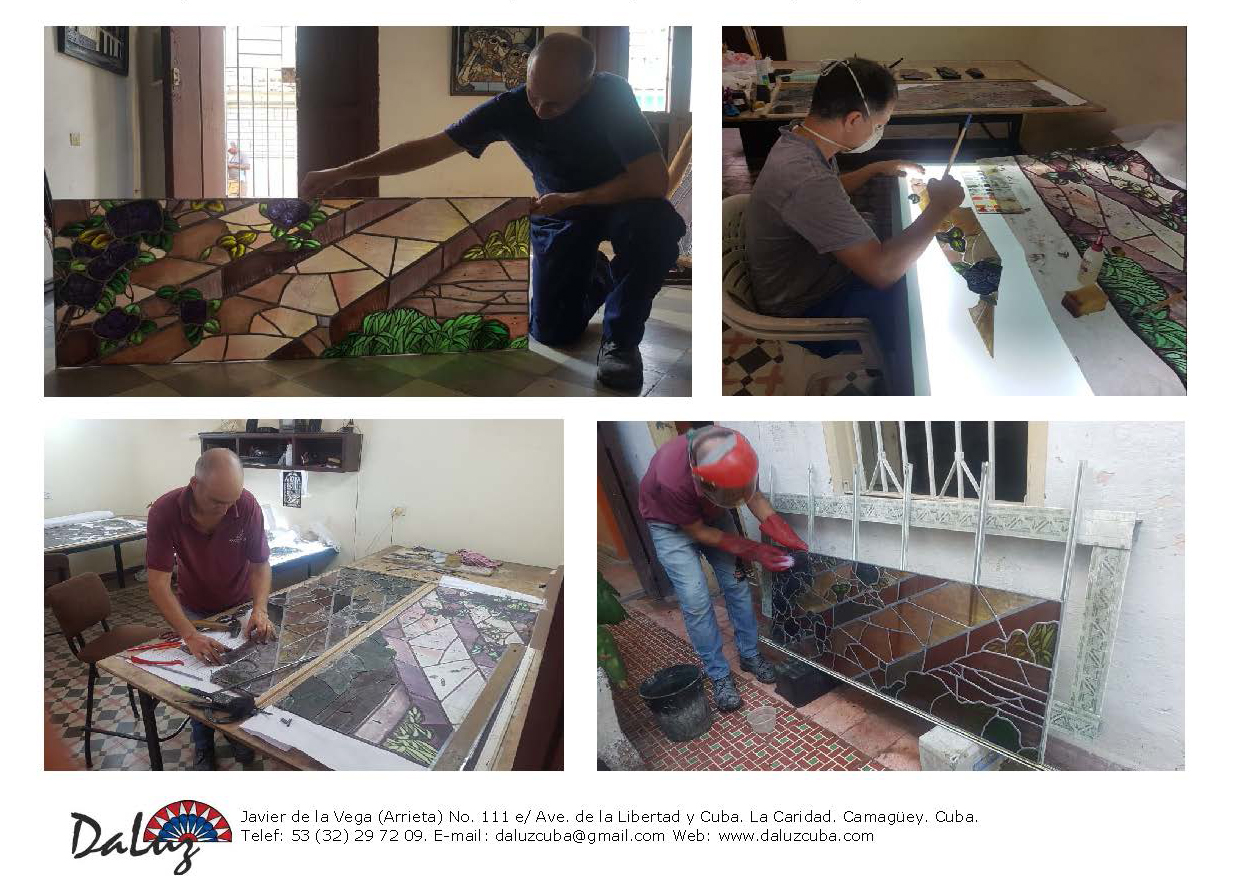
Daluz will exhibit at the theoretical event of the Fiart 2022 International Crafts and Gifts Fair, in Havana, an academic program identified with the title Culture, creativity and innovation, agents for sustainable development.
In six months of 2019, he recovered the work of Gino Ciolli at the Center for the Development of Dance and the Theater of Villa Clara. Irma's winds in 2017 affected 60% of the center with structural failures in the lead, broken profiles, bulged or broken sections, and the lack of protective glass, among other components.
Placed in the stairwell, the stained glass window alludes to the protection of children, due to the first function of the building for the sick and mothers. Hence the motto SALVS POPVLI SVPREMA LEX (People's Health, Supreme Law).
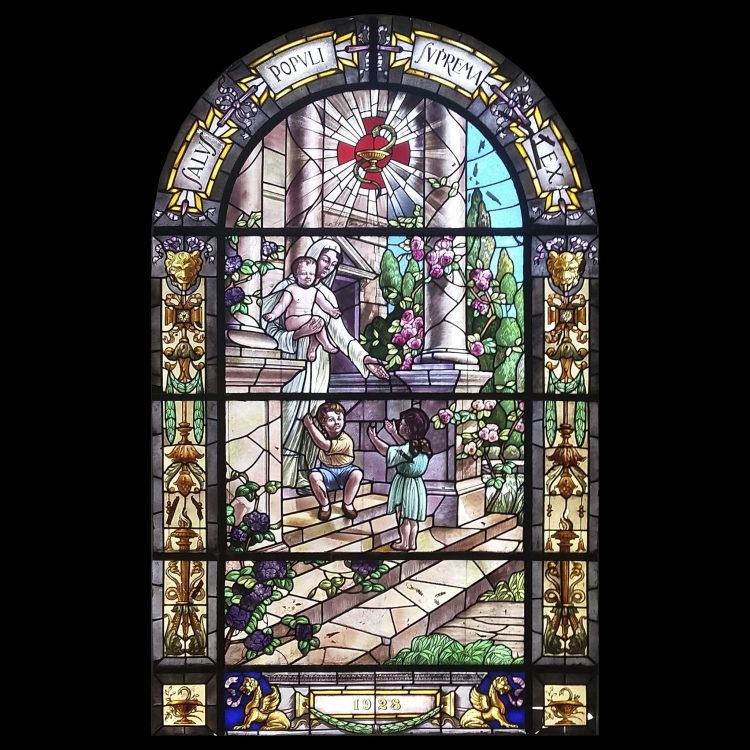
Gino Ciolli represented the façade of the building and the Virgin Mary who, with the Child in her arms, welcomes two infants, one of them humble. Among the attributes of Aesculapius, the cup with the salutary drink, the coiled serpent –associated with prudence, ideas of wisdom, rejuvenation, fertility, health and prosperity– and the bay leaves stand out. In addition, figures of dragons and lions appear.
In dialogue with Adelante, David assured that they respected the original design, they reused glass, both those that were in good condition and those that were fragmented, to maintain the greatest originality of the work.
“We reconstruct the lost or totally destroyed segments with grisaille and enamel, a technique similar to that used by the artist. The recovered fragmented pieces were glued together and the others were joined by a lead beam. The new pieces did not reach 20% of the original work,” he specified.
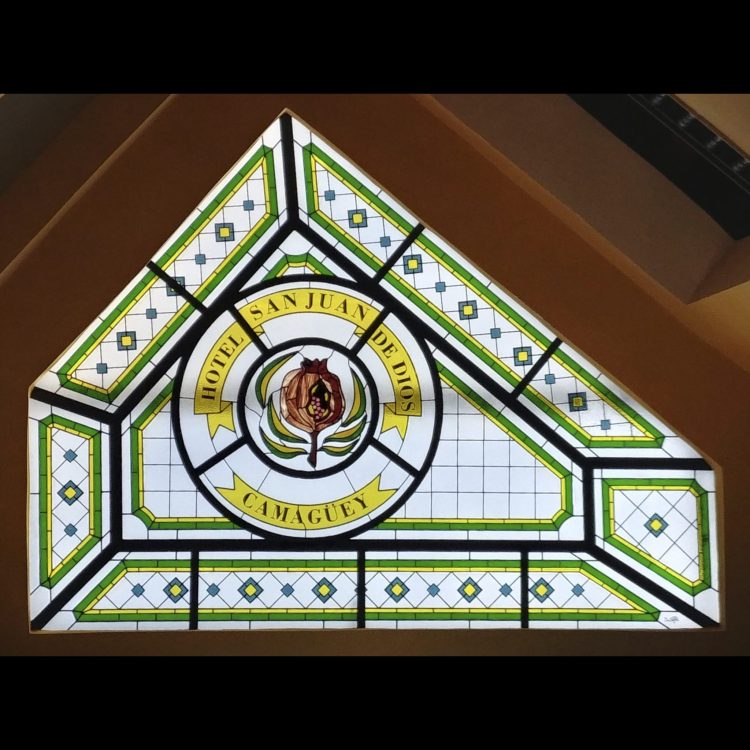
In addition, they replaced the leaded one with similar beams, due to the high degree of deterioration; then they caulked the beams to provide rigidity to the stained glass panels and patinated in black, for its original splendor.
“For subsequent conservation, we place 5-mm-thick transparent protective glass on both sides of the stained glass window. This does not detract from the visual appreciation or majesty of the stained glass window, quite the contrary, because it can be kept clean, the welds are protected from attacking agents and its resistance to wind increases”, he affirmed.
For Daluz, Gino Ciolli's stained glass challenge marked a before and after because in 14 years of work the workshop had specialized in glass and lead mosaic, and with this it incorporated the ancestral technique of grisaille, where the glasses are painted and baked, then assembled; therefore, it is one of the few workshops in the country prepared to undertake this type of restoration.
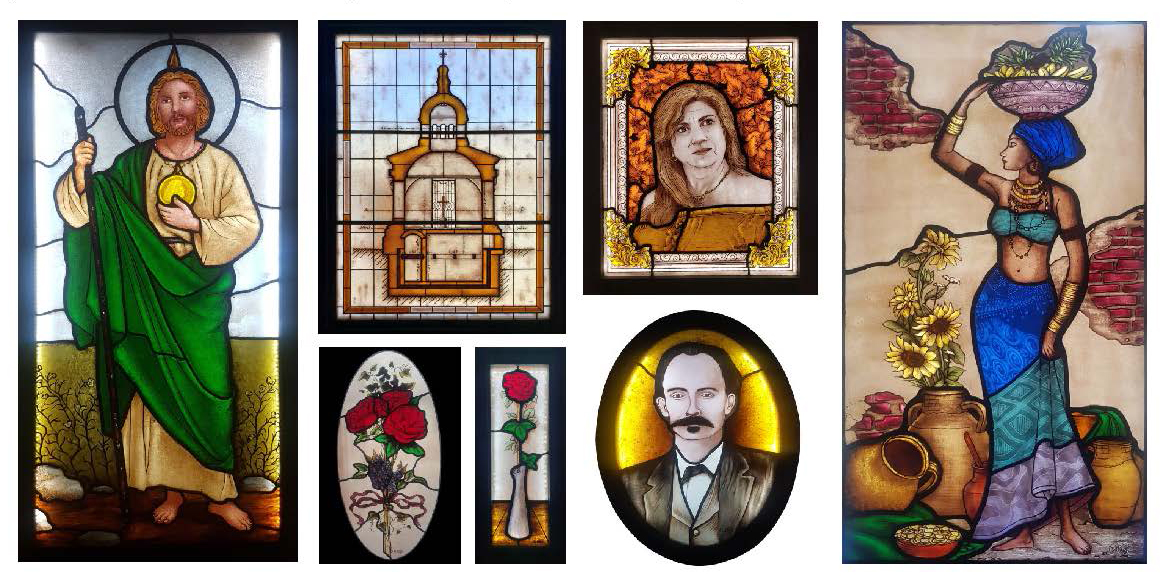
“We are not aware of any history in Cuba of a restoration of a stained glass window made using this technique and with a similar degree of destruction. It is worth noting the invaluable socio-cultural impact that this restoration has, as it is one of the main stained glass windows made by Gino Ciolli in our country”, he added.
The intervention led to obtain or to make light tables, electric ovens, a ball mill, an easel for painting, black and brown grisaille, enamels, brushes, specific brushes, silver yellows and other necessary components.
“The link with stained glass masters, creation workshops and specialists from Spain, Argentina, Mexico, Chile, Italy and Cuba was also achieved. We highlight the alliances between the Daluz Studio-workshop with the Latin American Center for Stained Glass (CLAV) and the Association for the Restoration-Conservation of Stained Glass Windows of Spain (ARCOVE)”, he emphasized.
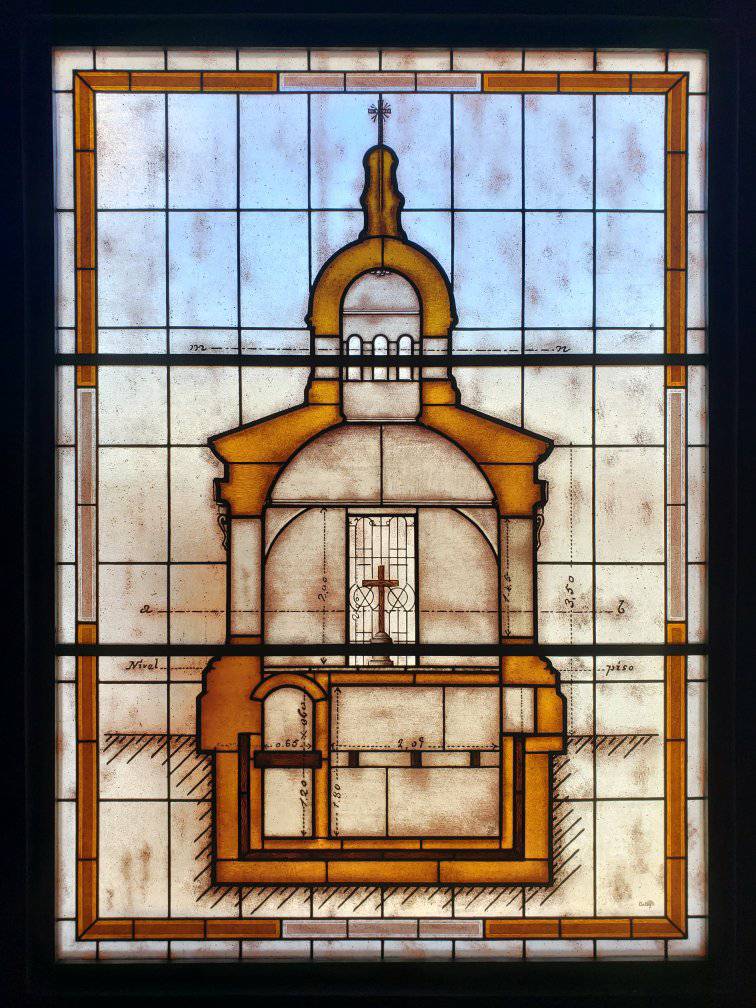
David is an architect and his brother Dasmián, an engineer. Members of the Cuban Association of Artisans-Artists participate in the 13th Provincial Craft Salon of Camagüey with Tenderness, a portrait with the grisaille technique, enamel on leaded glass, appreciable in the Midas gallery.
In addition, Daluz's hands and creativity are notable in cultural institutions of Camagüey such as the José Marín Varona Concert Hall, the Santa Cecilia Convention Center, in various hotels and other buildings.
Translated by Linet Acuña Quilez

